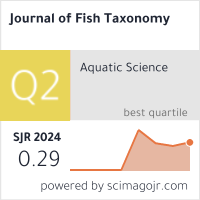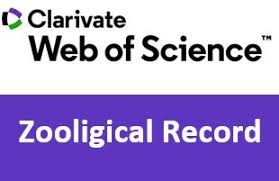Morphological and Genetic Characteristics of Scomberomorus Species in the Indo-Pacific: Implications for Fisheries Management
Keywords:
Morphological (MM), Genetic Characteristics (GC), Scomberomorus Species (SS), Indo-Pacific (IP), Fisheries Management (FM)Abstract
Mackerels belonging to the Scomberomorus genus are pelagic fish of considerable commercial importance and
are distributed throughout the Indo-Pacific region. The morphological and genetic stock structure of the fish
species targeted by fisheries are essential components that constrain the identification of the stocks available for
fishing. This work carries out a preliminary morphological and genetic identification of Scomberomorus species
through body measurements and molecular data analysis. Karyometric analysis revealed differences in somatic
characteristics, fin profiles, and a number of vertebrae, ribs, and fin elements constituting the distinctive
taxonomic markers. As expected, analysis using mtDNA sequences and nuclear DNA genetic markers shows a
relatively high genetic variability within stocks and a high level of genetic differentiation across geographic
stocks. Such results imply low genetic connectivity between some populations, possibly due to specific marine
geographical barriers and environmental scalars. When morphological and genetic information are combined,
there are clear implications for improving species identification and the delimitation of stock boundaries. The
outcomes serve as valuable information on population distribution and regions that facilitate effective regional
management of Scomberomorus species for fisheries. Recommendations include setting Transboundary
Management plans and applying several management strategies to sustain Scomberomorus in the Indo-Pacific
region.








